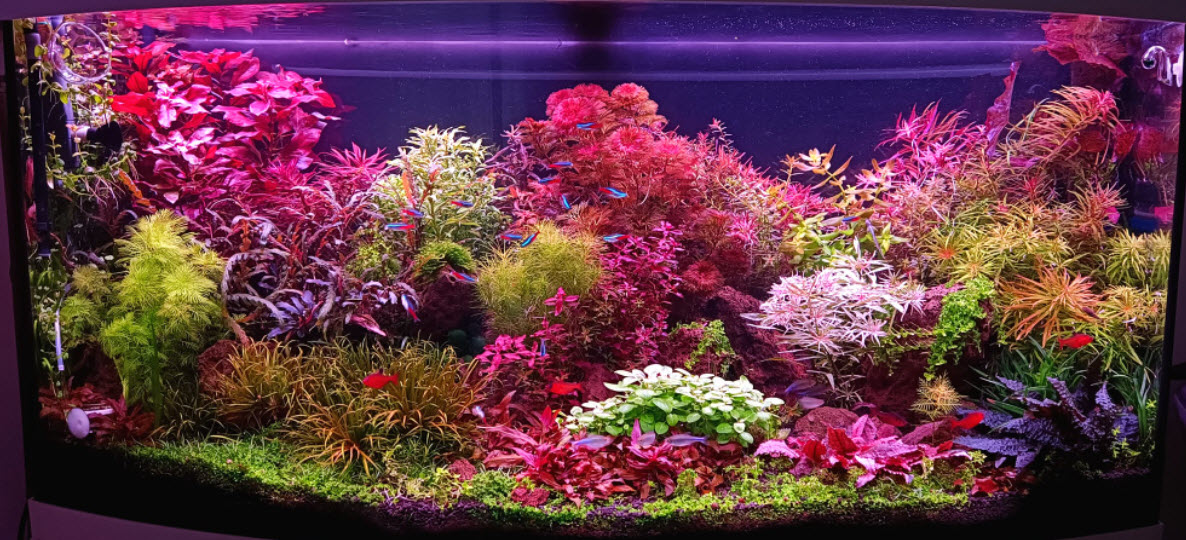
Any water you can drink is fine for almost any fish. Plants are a little more touchy. The only time one can have problems is:
- If TDS or total dissolved solids are less than 60 ppm (rare!), fish can have problems
- If GH (general hardness) is less than 3, plants, snails and shrimp can have problems
- If pH is over 8.0, some plants have problems
- If pH is lower than 6.5, it is difficult to get beneficial bacteria growing.
So any sort of water treatment beyond chlorine conditioner is normally just a waste of money. But many want to know the options so here goes:
Water Treatment in Depth
Any discussion of water change water would not be complete without a discussion of several treatments used for aquarium water prior to put it in the aquarium. To understand these we need to make a list of acronyms first:
- RO is reverse osmosis
- DI is deionization
- TDS is total dissolved solids in parts per million
For some inexplicable reason no one seems to have come up with an acronym for “softened”.
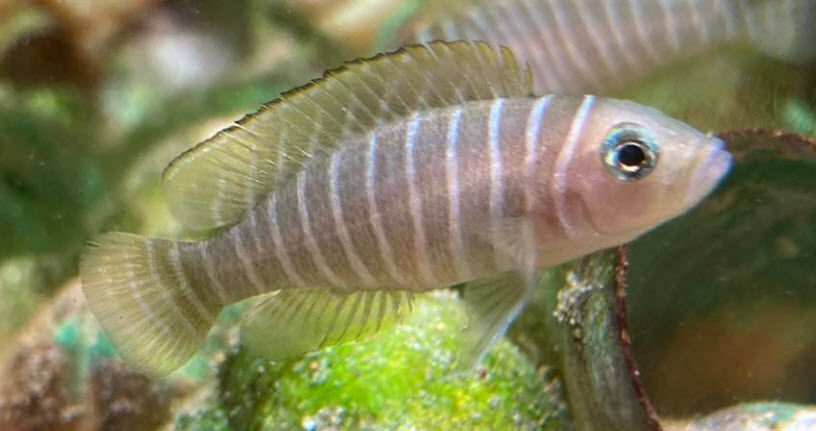
Softened Water
Water is normally “hard” because it has a little calcium carbonate (i.e. limestone) dissolved in it. This calcium carbonate isn’t very soluble so it scales out as white limestone deposits on anything and everything. The calcium also coagulates soaps and makes cleaning difficult. Sodium bicarbonate (i.e. baking soda) is “soft” and very soluble, so It doesn’t “scale out”. Sodium also doesn’t affect soap.
A water softener simply exchanges sodium embedded in its plastic bead structure for calcium in the water. In other words a water softener simply changes dissolved limestone into dissolved baking soda. This prevents scaling and soap precipitation.
The amount of calcium in the water is the GH of the water. So a water softener can take the GH down to 0 to 20 (less than 1 dGH). Since GH is totally unimportant to adult fish (as is KH) all adult fish do fine with low GH water with a little baking soda in it (i.e. softened water). Softened water is fine for all fish.
There are a few types of fish fry which need some GH in the water. Softened water does not work well for snails as they need calcium for their shells. Shrimp also need some GH. Plants need both calcium and magnesium so they need some GH. A water softener does nothing to the pH or the KH. Go to this link for more on water hardness and how unimportant it is:
4.5. Water Hardness
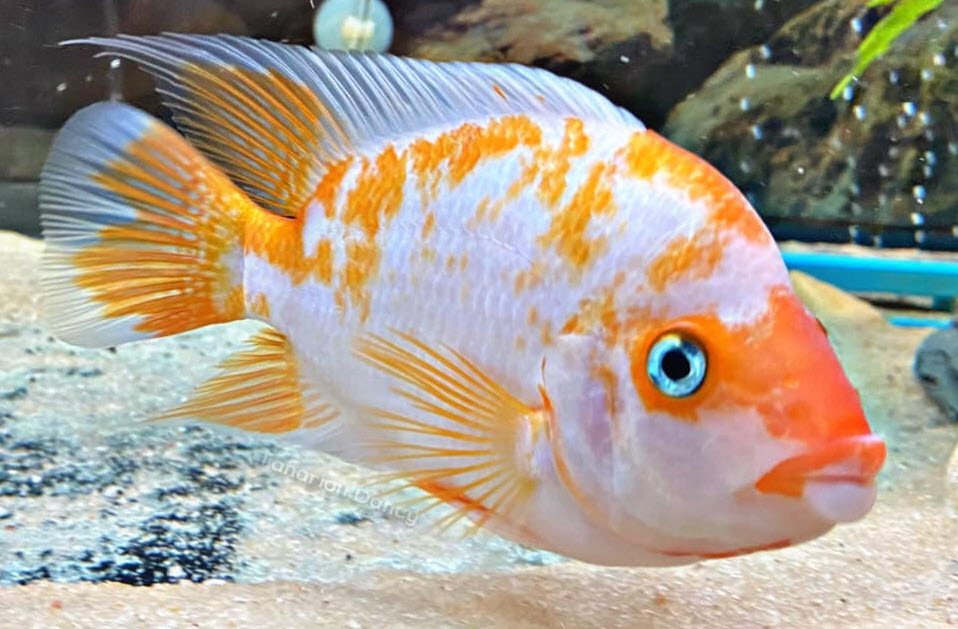
Reverse Osmosis water
Reverse osmosis is a process where 85% to 90% of the salts in the water are removed. Reverse osmosis is only needed for REALLY BAD water. I’m talking total dissolved solids above 1,000 or nitrates above 400. Note I am NOT talking about heavily chlorinated water. Reverse osmosis membranes are destroyed by chlorine.
I always find it interesting that the common practice of adding two to four tablespoons of salt per 10 gallons to an aquarium is widely accepted as a “general tonic very beneficial to all fish”. This is a level of 600 to 1,200 TDS. While this practice is not true (it isn’t a “general tonic”), it is a harmless practice and doesn’t harm the fish. Yet some well meaning but ill-informed hobbyists will always be telling anyone with a TDS over 500 they must go to RO water. As long as the pH is less than 8.6 most adult fish will do just fine at even 1,000 TDS.
The reverse osmosis process is a membrane technology. A volume of say ten gallons per hour of water will be introduced to a pressurized vessel. There is a membrane inside the vessel that creates two water flows, one on either side of the membrane. The one on the entry side is rejected as “waste water”. It might be 8 gallons per hour. The 2 gallons per hour water flowing out from the processed side of the membrane has has 85% to 90% of the salts removed and is the “Reverse Osmosis Water” or “RO water”.
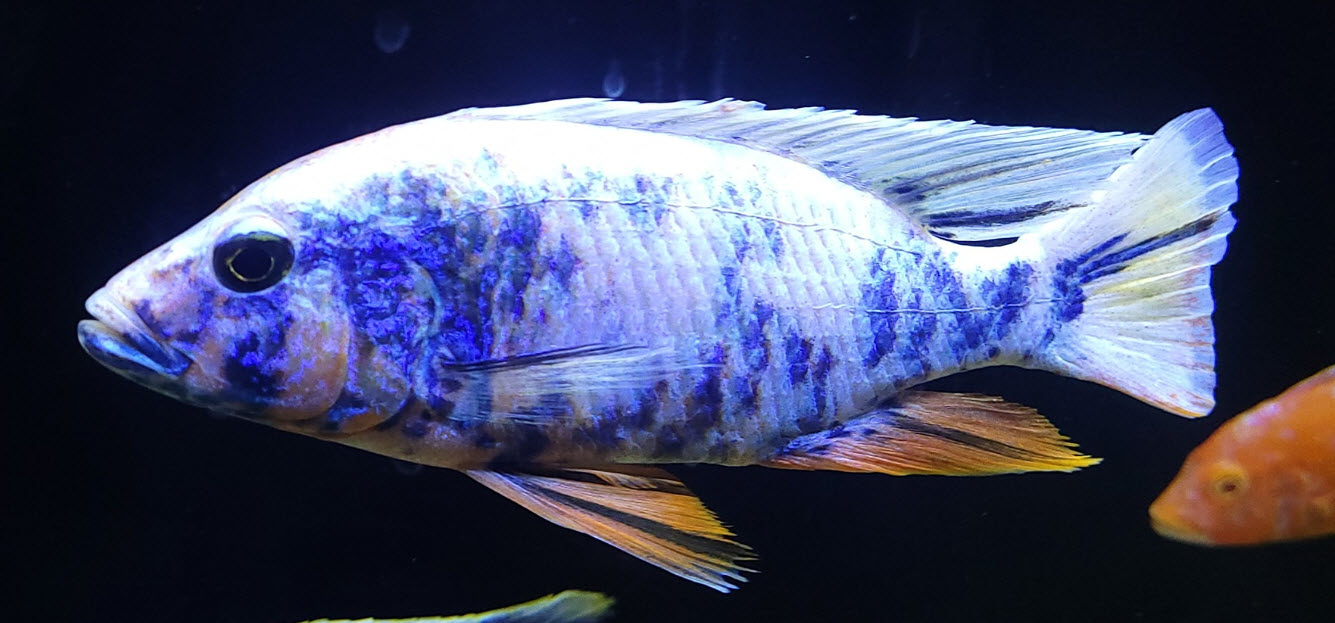
With most water systems pure RO water will kill almost all fish. RO water must be “re-mineralized” with some salt (any salt) for the good health of most fish.
Note that chlorine destroys reverse RO membranes and resins. Most RO systems have activated carbon before them to remove the chlorine, But the carbon needs to be replaced every six months with chlorine and every two weeks with chloramine. When people don’t replace the carbon the RO membranes are destroyed in short order.
Note also that RO membranes are only good for two to six years, depending on the salt loading of the water they are treating and the volume of water they produce.
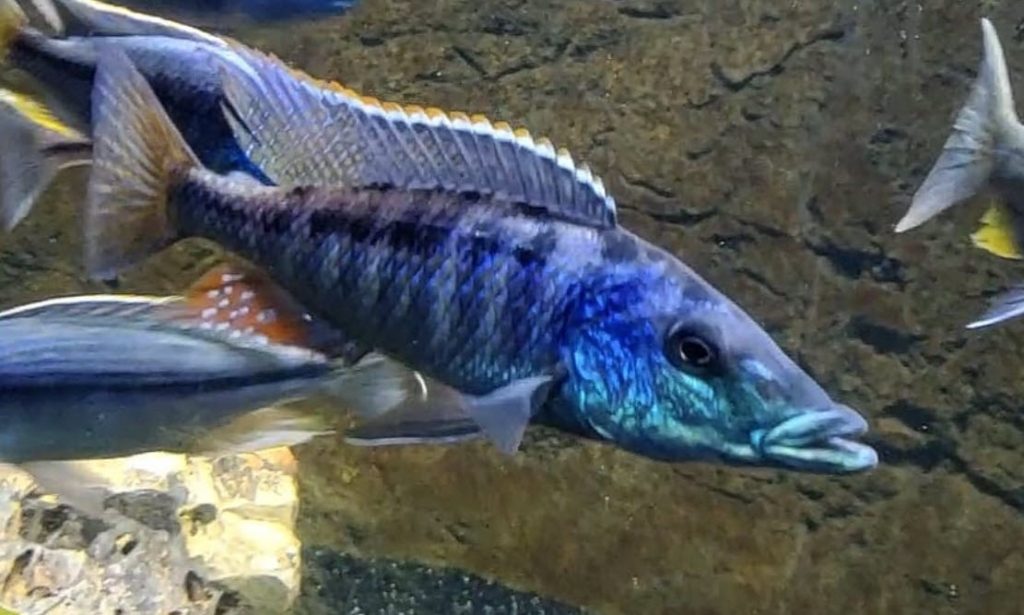
DI Resins to Treat Water Change Water
DI is “deionizing”. It uses resins to substitute hydrogen ions (H+) for sodium, calcium etc. and substitute hydroxyl ions (OH–) for sulfates, chlorides, etc. DI is often unnecessarily used after RO systems to remove everything ionic that the RO missed. There is NO reason to have a DI resin system added to an RO system.
Note that there is a lot of marketing hype about these resins which some folks seem prone to believe. DI resins are widely used in marine aquariums (If one believes the marketing hype!) to “dechlorinate”, to “remove heavy metals” and to “remove particulate”. This is ALL just marketing hype parroted over and over by well meaning but ill-informed hobbyists.
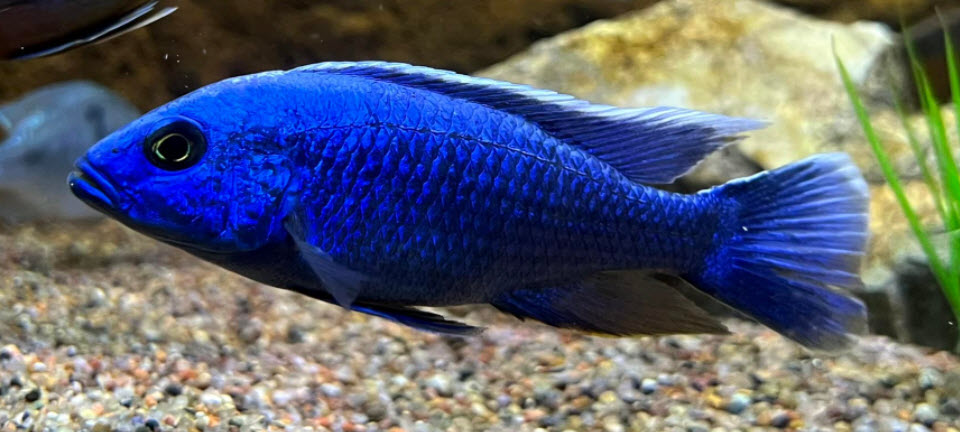
First off chlorine destroys DI resins, so no one should EVER use expensive DI resins for de-chlorination. Second, there are NO heavy metals that need removing in drinking water. Thirdly DI resins do NOTHING for particulates. And just because some ill advised hobbyists have bought into the marketing hype and purchased these systems doesn’t make the marketing hype true.
The number of ions in reverse osmosis water is typically in the 10 to 20 TDS range. Removing those dissolved solids (which are present as cations and anions) is just not necessary nor even desirable for ANY aquarium. RO water needs to be “remineralized” to 50 to 60 TDS even for blackwater aquariums and the exact ion mix is of NO importance WHAT-SO-EVER. If one has a planted tank and remineralizes DI water with pure chemicals, one will have a micronutrient problem because all the micronutrients are now absent.
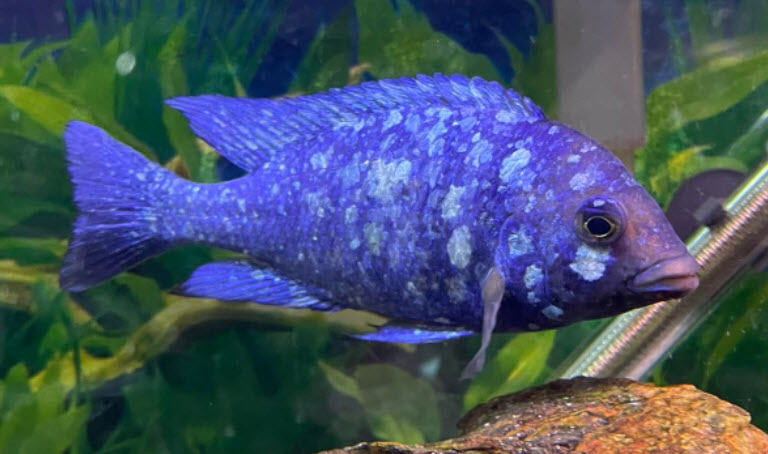
TDS or “Total Dissolved Solids”
“Total Dissolved Solids” or TDS is the measure of the amounts of salts in water in parts per million. In most tap water this is between 100 and 500 ppm.
TDS is typically measured as the resistivity of the water in microseimens which can then be roughly translated into parts per million sodium chloride salt (most meters have both scales). It measures the resistance of water over a set distance and relates that to parts per million total dissolved solids. If your meter only has microseimens, multiply microseimens (EC (μS/cm)) by 0.55 to get an approximate ppm TDS (sodium chloride) equivalent.
For reference average TDS values are: 7 mg l-1 (ppm) for rainwater and 118 mg l-1 (ppm) for a typical river water. Blackwaters in Northern South America are roughly 20 to 30 mg l-1 (ppm). Most fish not from the blackwater will have a difficult time in Blackwater because of this.
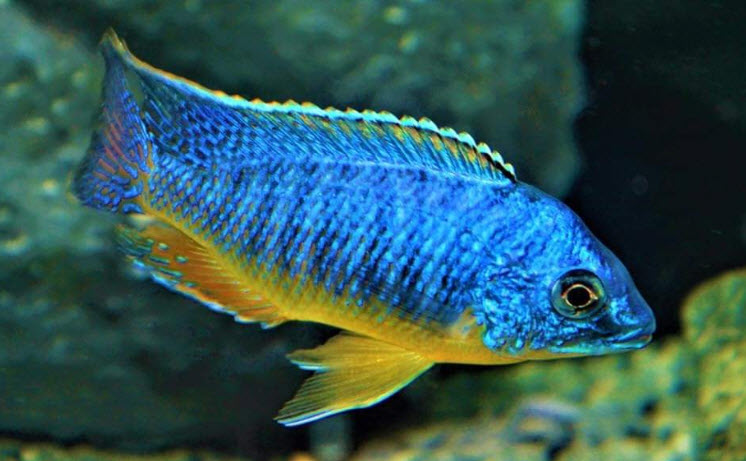
There are some websites that key on on the amount of salts in the water as determined by total dissolved solids (TDS) measurements. They say that if you take a fish from water that has a TDS of 50 (50 ppm) and put it in a water such the water of Lake Tanganyika, which is 300 TDS (300 ppm), the fish will suffer and die in a few days. They say this is because of “osmoregulatory shock”.
Sounds good since a jump from 50 to 300 is obviously very significant, right? Wrong. The cells inside the gills of a fish have a TDS of 9,000 (9,000 ppm), which makes 50 to 300 an insignificant jump. And the cell walls of all animals have something called a “bi-lipid layer” which is very effective in keeping out anything ionic such as salts. So even going from 50 to 1,000 will not kill a fish.
Salt levels much higher than 1,000 are often used to kill external parasites on fish with no damage to the fish. Salt baths are commonly used to treat fish at the salt concentration of sea water, or 35,000 ppm.
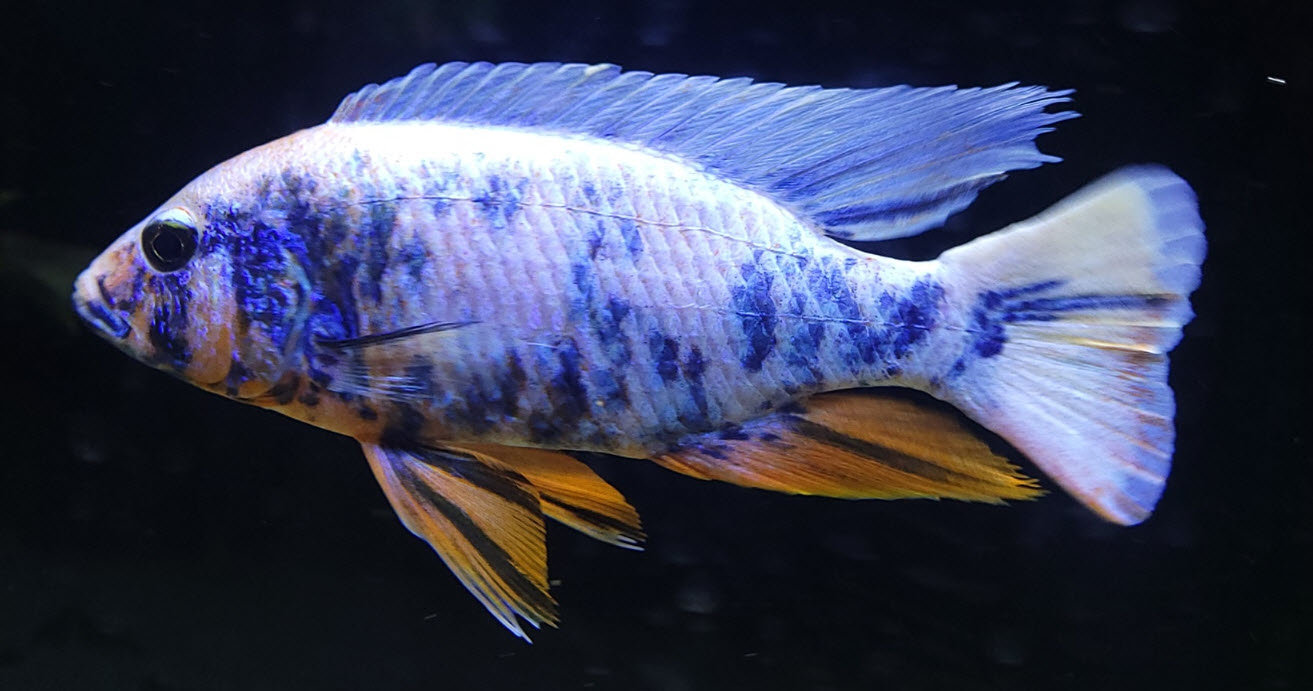
Identifying “total dissolved solids” as “milligrams per liter” or “parts per million” is actually slightly incorrect. If one evaporates a liter of water and weighs the white residue remaining, one can calculate the actual TDS. But “TDS” in an aquarium is normally measured by measuring the conductivity. This CAN give slightly different results.
This is only accurate if the only “solid” in the water is sodium chloride. TDS is a measure of the electrical conductivity of such a solution of sodium chloride. If the salt is magnesium sulfate or if the solid is something like sugar or tannic acid (which are non-conductive dissolved substances), the numbers can be somewhat different. So TDS is only a rough number. But since TDS is immaterial and unimportant, who cares?
There is even a “tempest in a teapot” controversy about using TDS in ppm versus using a unit of conductivity called a “microseimen”. One ppm is 1.56 microseimens in most cases. I.e. multiply microseimens (EC (μS/cm)) by 0.55 to get an approximate ppm TDS (sodium chloride) equivalent. The whole thing just muddies the waters when it is all unimportant anyway.
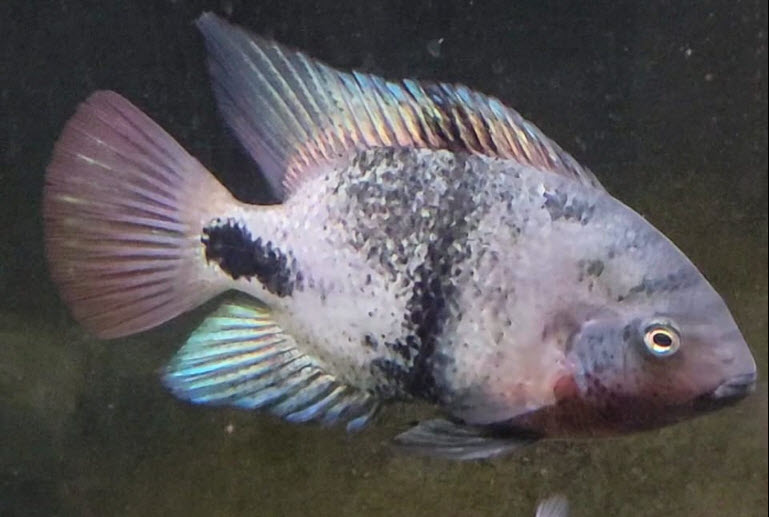
Distilled Water
The ultimate water purity is “distilled water”. This is VERY pure water. This water MUST be reionized before adding fish to it. It is so pure it will remove salts from the gill tissue of a fish rather rapidly and kill the fish. It has no use in an aquarium.
Water Changes in More Depth
To read more about water changes click on the following links:
18.1. Aquarium Water Changes
18.1.1. Water Changes in Depth
18.1.2. Water Change Math
18.1.3. Water for Water Change
18.2. Continuous Drip Water Change Systems
.
Return to Maintenance Menu
.
Aquarium Science Website
The chapters shown below or on the right side in maroon lead to close to 400 articles on all aspects of keeping a freshwater aquarium. These articles have NO links to profit making sites and are thus unbiased in their recommendations, unlike all the for-profit sites you will find with Google. Bookmark and browse!
.

mark says
If the tds goes above 10 (17 was my worst) in my topoff water for my salt water tank, I get blue green algae, and as soon as I change rodi filters it is back to normal.
Dave says
Sean … Only if you have high pH, rock hard water where you never do a water change might distilled water be of slight benefit in an ATO system.
Sean says
>It has no use in an aquarium.
What about topping off evaporated water with dechlorinated distilled water?
I can’t discern if I’ve been lucky or not using distilled water in my ATO system for the last few months. .